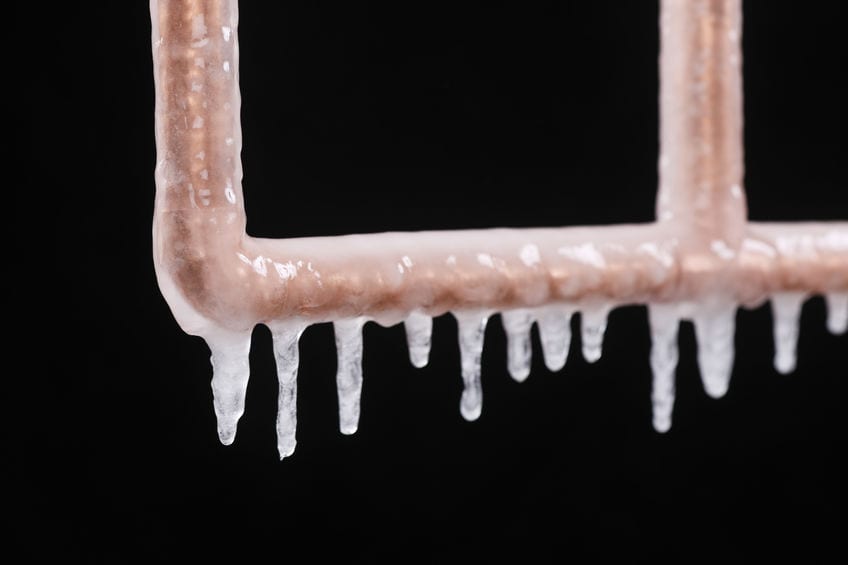October 26, 2020
Fall is here, and with the change in seasons comes changes in habits. You’re probably already putting away the lawnmower and getting out your rake, but what about your plumbing? As the weather gets colder, and we move into fall and winter, it’s important to ensure your equipment is ready for the dip in temperature. Keep reading for our top seven ways to get your plumbing system ready for fall, courtesy of our professional plumbers at EnviroSafe Plumbing, Heating, Air Conditioning, Water Treatment.
Follow These 7 Steps to Prepare Your Plumbing System for the Fall
- Put Away Outdoor Hoses: If your hoses are left outside when the temperature drops, the water inside them may freeze and expand. This can subsequently cause problems for any pipes these hoses are connected to inside your home. To keep your hoses in good shape for the duration of the fall and winter seasons, disconnect them, drain any water residue, and put them in a shed, garage, or secure storage place for the next few months.
- Cover Hose Bibs: When you put away your hoses at the beginning of fall, you should check that your outdoor faucets, also known as hose bibs or spigots, do not have any leaks. Leaky hose bibs can lead to freezing, thereby causing problems for your plumbing system when the weather gets warm again. If any of your spigots are dripping water, call a plumber to replace them and stop the leaking with a frost-free hose bib. If your exterior faucets are in good condition, simply cover them with insulation to keep them warm and protected during the colder months.
- Check the Interior Shut-Off Valve: Many houses’ plumbing systems come with an interior shut-off valve that allows you to turn off your outdoor hoses. You should make sure this valve is fully shut off at the beginning of fall, so no water accidentally gets stuck in your exterior faucets.
- Insulate Your Pipes: Most homes have pipes that are located in crawl spaces or garages. These pipes should ideally be insulated, so they do not freeze during the fall and winter months. In fact, even pipes under cabinets and in other parts of your home that are vulnerable to drafts can benefit from a layer of insulation. You may be thinking, “but the temperature has to get so low for pipes to freeze, this probably isn’t necessary.” Except that’s not true. Pipes can freeze and expand at temperatures in the 20s and 30s, so if you live in an area that has winter lows in these digits, it is always a good idea to get your pipes insulated.
- Seal Gaps In Your Home: Every house has gaps under windows and doors, as well as various cracks and holes throughout the space. To help protect your pipes, you should try to patch these gaps as much as possible at the start of winter, using weatherstripping for windows and doors, as well as caulk and insulation to seal up various openings. This will not only help prevent your pipes from freezing, it will also lock in temperatures, allowing your heater to function better, thus, keeping your energy bills low all winter long.
- Clean & Insulate Your Sump Pump: The last thing you want right as the temperatures start to get colder is to deal with a sewage problem. That’s why you should also check that your sump pump is properly insulated at the start of the fall season, to prevent cracks and leaks. The unit should also be cleaned properly, so it’s not a mess when fall and winter are over.
- Flush Out Your Water Heater: It is already important to flush out your water heater once a year to help it maintain consistent performance, and autumn is a particularly good time to do this. Your heater is obviously going to have to work harder over the colder months, so anything you can do to make its job easier is hugely beneficial. Flushing the sediment build-up out of the heater tank will improve the system’s efficiency, so you consistently receive hot water and your utility bills remain from fall to winter (obviously this will not be an issue if you have a tankless water heater.)
For more information on fall plumbing maintenance, call EnviroSafe now at (856) 208-5108, or simply send us a message online.

